Wonderful article on Armenia by Ruth Hill of Washington Times, who writes columns about contemporary Christian travel destinations. Ancient stone walls hang off cliffs overlooking the beautiful Azat River Gorge in Armenia. Grounds of the Geghard Monastery hold monastic cells and several small churches, cut from surrounding rock during the 11thcentury. Visitors can almost hear the chanting monks whose pious steps have worn valleys into the stone steps.
Towering cliffs surround the Geghard at the head of the Azat valley. The monastery dates to the 4th century, according to tradition by St Gregory the Illuminator who led his people into Christianity. Arabs destroyed the first enclave in the 9th century, but another was flourishing by the 13th century. Its relics – such as the spear which had wounded Christ as He hung on the Cross – drew pilgrims for centuries and fame to the site. Relics of the Apostles Andrew and John were added in the 12th century.
But there’s more to Armenia’s contributions to Christian heritage than ancient monasteries in beautiful settings.
This country which lies east of Turkey between Eastern Europe and Western Asia was the first to adopt the Christian faith in 301 A.D. several years before Constantine I declared it the Roman Empire’s official religion. Yet it’s best known today for the tragic genocide its people endured in the late 19th and early 20th centuries, not for its role in establishing the early Church.
As the Christian world prepares to celebrate 1,700 years of the faith in 2013, Armenia deserves attention and visits by faith travelers excited by a “new” destination that’s thousands of years old. Even though it’s usually not included in that regional fold called the “Holy Land,” it should be.
Armenia’s population remains 94% Christian – far greater than in western countries like the U.S. The Armenian Apostolic Church, the original church, continues to be independent of both the Catholic and Eastern Orthodox churches because it rejected early church splits and controversies. It traces its foundation to Jesus’ apostles, Bartholomew and Thaddeus.
Although the Soviets tried to stamp out Christianity in Armenia by destroying many churches and sites through most of the 20th century, they were not successful. The people held onto their faith in secret, and when the Soviet Union fell, they set about rebuilding and adding churches such as a new cathedral in the capital city of Yerevan for 2,500 worshippers.
So what engages the faith traveler in Armenia?
For one thing, it’s the stories of the people’s faith resilience through centuries of onslaught, including the Russian Czar’s attempts in the late 19th century to force the people to assimilate their ancient Armenian Apostolic Church into the Russian Orthodox tradition.
The stalwart walls, arches, and compartments of UNESCO World Heritage Sites like Geghard Monastery associated with Christianity are the headline attractions, as are arresting views of Mount Ararat – the resting place for Noah’s Ark following the Great Flood as recorded in Genesis, Chapter 8.
Other faith heritage sites include the cathedral of Echmiadzin and the archaeological site of Zvartnots; the monasteries of Sanahin and “Haghpat” – which means “strong walls” in Armenian. Strong walls indeed. Begun in 967, those walls have been chiseled and changed by succeeding generations, and they’ve withstood onslaughts by Egyptian Mameluks, Kurds, Turks, Mongols, Ottomans, Persians, Russians. . .and others. Religious murals and paintings were mostly removed in the Soviet era, yet remnants do remain.
Armenia’s pleasing what else for the traveler includes connections with the locals in voluntour projects, and tours of majestic alpine scenery and pristine highlands. The country’s
cuisine and other cultural pieces reflect its crossroads locale along the Great Silk Road between Europe and Asia. That its culture has survived and thrived through the centuries pulls the traveler who finds soulful satisfaction in time travel and a touchpoint with the most ancient beginnings of Christianity.
Trip planning and tour resources are available from the Armenian Tourism Development Agency (ATDA) at armenianinfo.am. ATDA answers questions about lodging, transportation and things to do, as well as Armenian tour operators who work directly with travel agents and providers in North America and elsewhere.
Below a view pictures of forgotten Armenian monuments./
Tatev Monastery 8th century
I guess I have trouble selecting ‘a view’ pictures :p





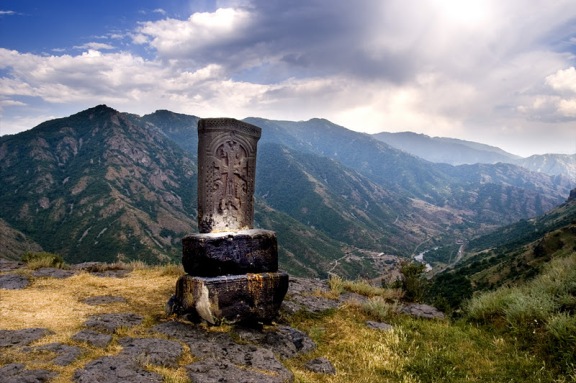
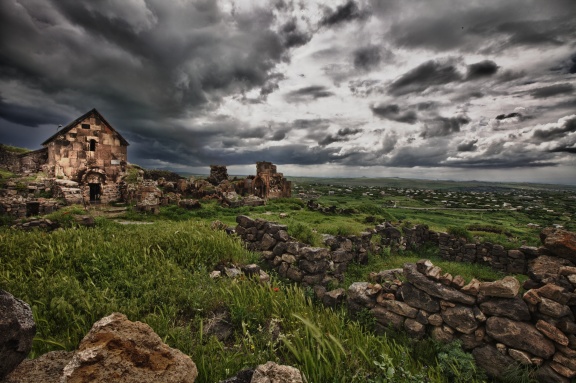



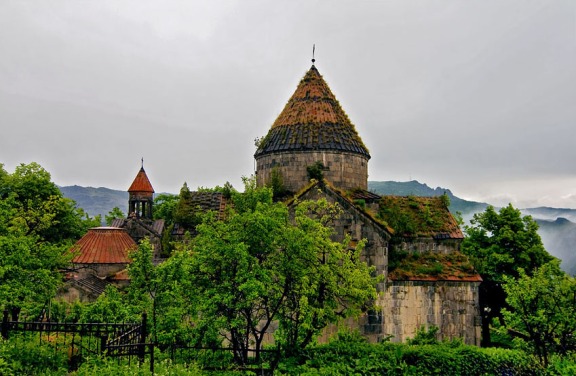
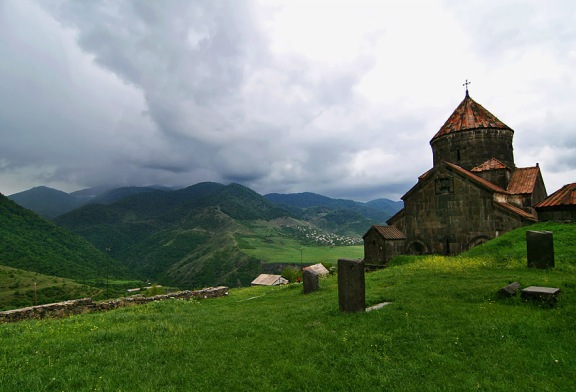

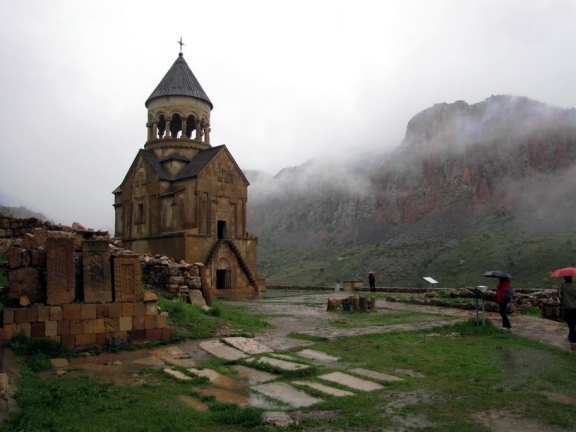

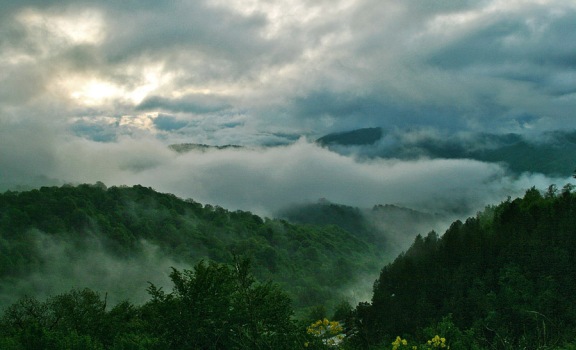

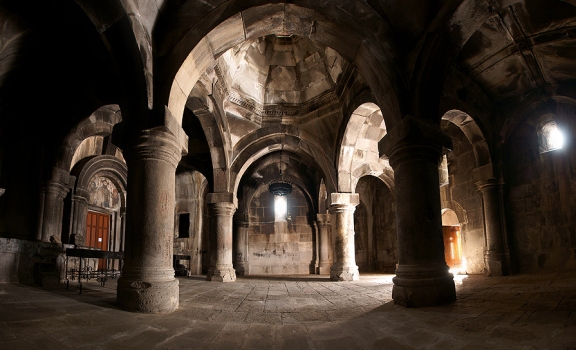



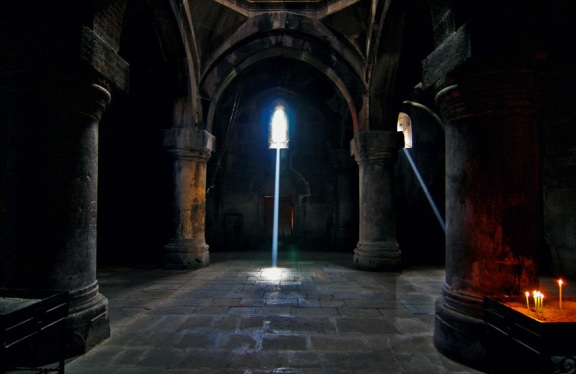


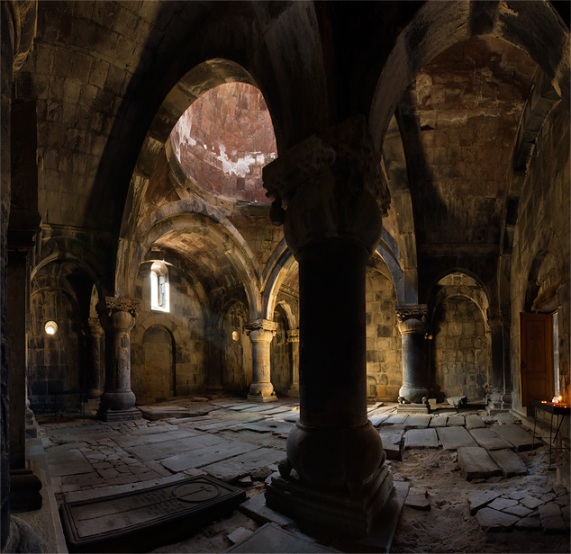

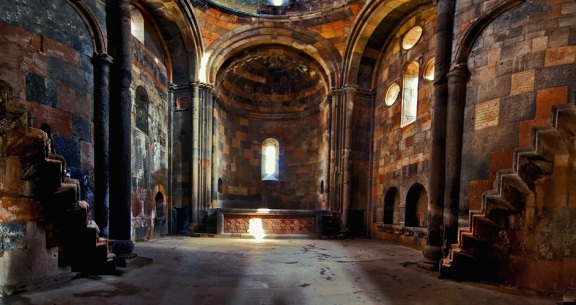


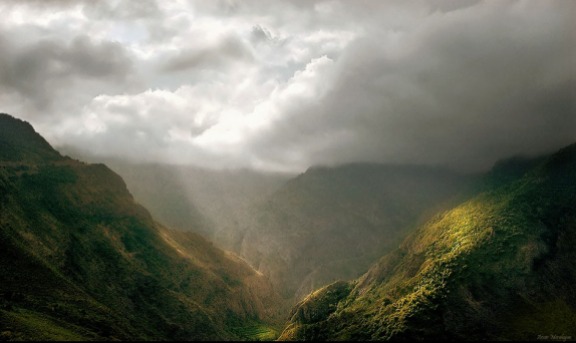
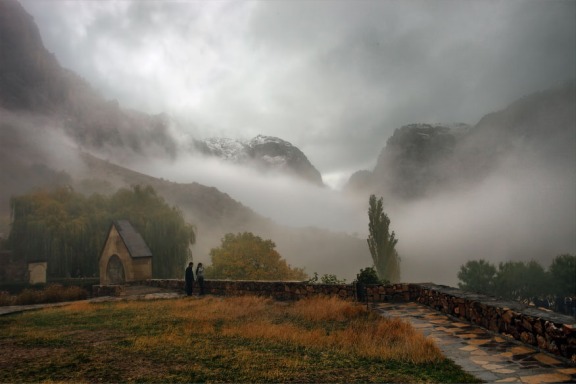


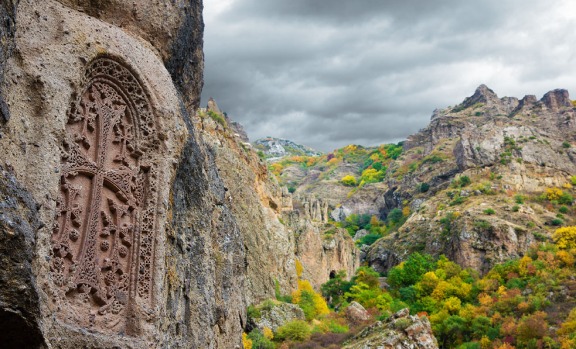

Yorumlar kapatıldı.